
The Six Signs Of A Potassium Deficiency – And How To Fix It

When was the last time you gave potassium a second thought? Unless you’ve just peeled a banana or blended a spinach smoothie, chances are this essential mineral isn’t exactly top of mind. Yet potassium plays a quietly heroic role in keeping your body running smoothly—and many of us aren’t getting nearly enough of it.
Often overshadowed by trendier nutrients like protein, magnesium, or vitamin D, potassium is a backstage star in your body’s daily operations. It fuels heartbeats, powers muscle contractions, transmits nerve signals, and helps regulate hydration at the cellular level.
“Potassium is essential for heart function, muscle contraction, nerve transmission, and fluid regulation,” explains Dr Helen Wall, a general practitioner with the NHS.
In a recent study from the University of Waterloo in Canada, researchers confirmed that increasing your potassium intake can significantly reduce blood pressure—sometimes more effectively than simply reducing sodium. That’s because your kidneys—those hard-working internal regulators—need to maintain a delicate balance between sodium and potassium to support blood pressure, hydration, and overall homeostasis.
Despite its importance, potassium is often quietly neglected in modern diets. With the rise of ultra-processed foods and declining consumption of fresh produce, many people unknowingly fall short of their daily needs. Here's what you should know about how much potassium you need, the signs you might be deficient, and smart ways to boost your intake naturally.
How Much Potassium Do You Actually Need?
According to most health guidelines, adults should aim for 3,500 to 4,700 milligrams of potassium per day—roughly the equivalent of eating ten medium bananas. But don’t panic: bananas aren’t your only option.
“People with a balanced, varied diet often consume enough potassium,” says Bridget Benelam, a registered nutritionist and spokesperson for the British Nutrition Foundation. “It’s found in a wide range of foods including vegetables, dairy, grains, legumes, and lean meats.”
Still, there's a difference between a serious deficiency and simply falling short of the optimal amount. “True potassium deficiency is rare,” Dr Wall notes, “but suboptimal levels are surprisingly common and can still have long-term impacts on health—especially cardiovascular health.”
Even a small, chronic shortfall may affect how your body handles blood pressure, muscle function, and fluid balance. So how do you know if you’re getting enough?
Six Telltale Signs You're Low on Potassium
Low potassium levels—medically known as hypokalaemia—can cause both subtle and more serious symptoms. These often reflect the normal functions of potassium in the body, so when levels drop, things go off track.
-
Muscle Cramps and Spasms
Frequent cramping, especially in your legs or calves, may signal a potassium shortfall. Because potassium helps your muscles contract and relax, insufficient levels can trigger involuntary spasms. -
Persistent Fatigue
Potassium plays a crucial role in energy production at the cellular level. Without enough, your muscles and nerves can feel sluggish, leading to unusual tiredness even after adequate sleep. -
Constipation
Your digestive system relies on smooth muscle movement to keep things moving. Low potassium can slow down gut motility, contributing to bloating or constipation. -
Irregular Heartbeat
The heart is a muscle that depends heavily on electrical signals. A potassium imbalance can disrupt those signals, causing palpitations or a fluttering heartbeat. -
Numbness or Tingling
If you feel a pins-and-needles sensation in your hands, arms, or legs, it could be due to impaired nerve function—another job potassium normally manages. -
Lightheadedness or Fainting
Potassium helps regulate blood flow and pressure. A shortage can cause dizziness, especially when standing up too quickly, and in severe cases, fainting.
These symptoms can be unsettling, but Dr Wall emphasizes that they can also result from other issues. “Potassium deficiency is rare in healthy individuals with a typical diet. You’d usually need a blood test to know for sure.”
Who’s Most at Risk of Potassium Deficiency?
While full-blown deficiency is uncommon, certain groups are at increased risk of low potassium levels:
-
Adults over the age of 80
-
People taking diuretics or blood pressure medications
-
Those with chronic vomiting, diarrhea, or excessive sweating
-
Individuals on long-term antibiotics or corticosteroids
-
People with eating disorders, malnutrition, or chronic illness
“If you’re on medications known to impact potassium, your doctor should monitor your levels regularly,” Dr Wall advises. “Conditions that cause fluid loss—like vomiting, diarrhea, or even extreme workouts—can flush potassium out of your system.”
Athletes, too, may unknowingly experience mild potassium depletion after prolonged sweating or endurance exercise, especially if they don’t replenish minerals through food or electrolytes.
The Silent Shortfall: Mild but Meaningful
Unlike more dramatic nutrient deficiencies, potassium shortfalls often go unnoticed. You might feel perfectly fine on the surface, but over time, a mild lack of potassium can strain your heart, impair blood pressure control, and increase your risk of stroke or kidney issues.
“A lot of people wouldn’t know they’re not getting enough potassium unless they had a blood test,” says Dr Wall. That’s why aiming for a potassium-rich diet—rather than waiting for symptoms—is a smart, preventative approach to long-term health.
Boosting Your Potassium: Go Food-First
The best way to increase your potassium intake? Through real, whole foods—not pills or powders. Many everyday ingredients pack more potassium than you might expect.
Here’s a list of potassium-rich foods (per 100 grams):
-
Chickpeas – About 290 mg. Great in salads, curries, or as hummus.
-
Avocados – Roughly 485 mg. Also rich in healthy fats and fiber.
-
Spinach – A powerhouse with 558 mg when cooked.
-
Lentils – 370 mg. Easy to add to soups, stews, or grain bowls.
-
Sweet Potatoes – Up to 540 mg, especially with the skin left on.
-
Salmon & Clams – Potassium-packed seafood options.
-
Bananas – Around 375 mg per medium fruit. Still good—but not the highest!
-
Butternut Squash – 350–400 mg. Perfect for soups and roasts.
-
Tomatoes – 230 mg, and even more in tomato paste or sauce.
-
Watermelon – Around 112 mg, especially in the rind, which is edible when pickled or blended.
Pro tip: cooking vegetables can sometimes increase the concentration of potassium per serving—but boiling may also cause mineral loss. Try steaming or roasting instead to retain maximum nutrients.
Final Thoughts: Potassium Is a Quiet Hero
While it might not grab headlines like antioxidants or collagen, potassium is one of the most essential nutrients your body needs daily. It keeps your heart rhythm steady, your muscles strong, your nerves firing, and your fluid balance intact.
True deficiency is rare—but mild, chronic shortages are surprisingly common. Over time, this quiet lack can undermine your health in subtle but serious ways.
The solution? Stay mindful. Eat a wide range of potassium-rich foods, especially if you fall into a higher-risk group. And if you experience any symptoms—or take medications that affect mineral levels—consider asking your healthcare provider about a blood test.
So next time you scoop up some hummus, top a salad with avocado, or roast a tray of sweet potatoes, take a moment to appreciate potassium—your heart, muscles, and nerves will quietly thank you.
News in the same category


5 Unconventional Signs of Breast Cancer That You Must Know About

Low FT3 Levels Predict Risk for Nerve Damage in Diabetes

Doctors Urge: Don’t Ignore Unexplained Bruising — These Hidden Reasons Could Be the Cause

12 Urgent Warning Signs You’re Eating Too Much Sugar
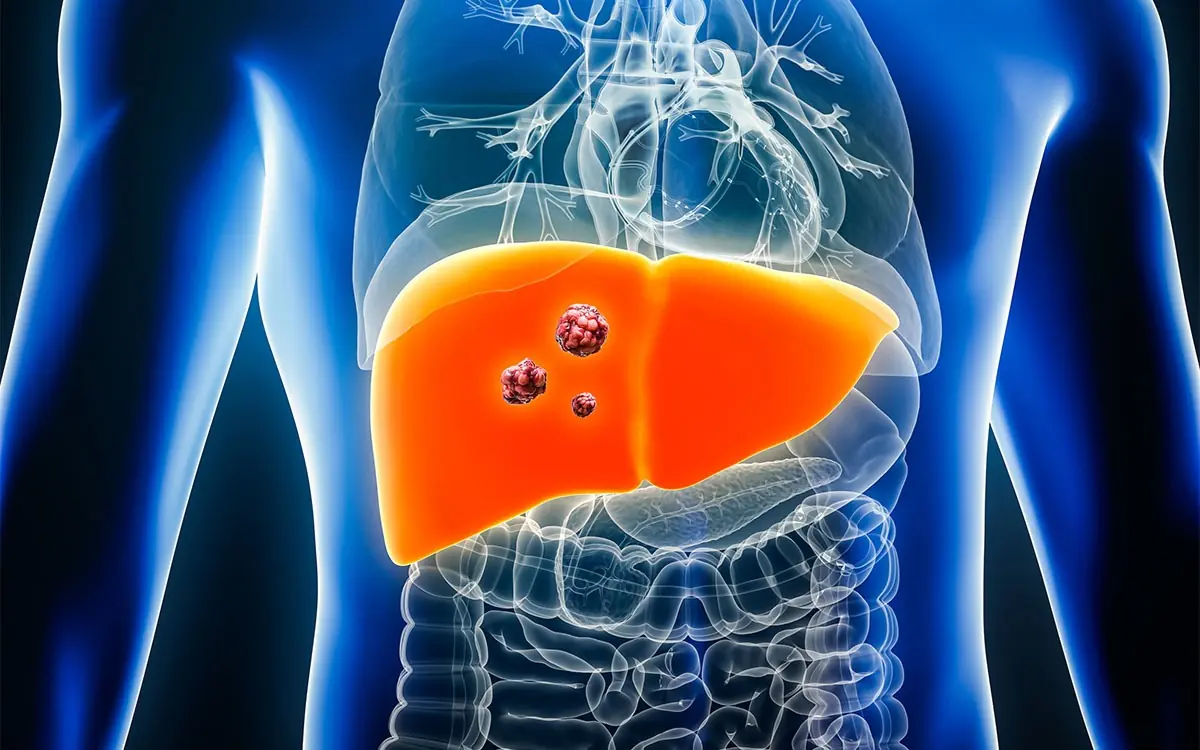
5 Common Habits Silently Destroying Your Liver (Most People Do Them!)

The Ultimate Guide to Marinating Fish
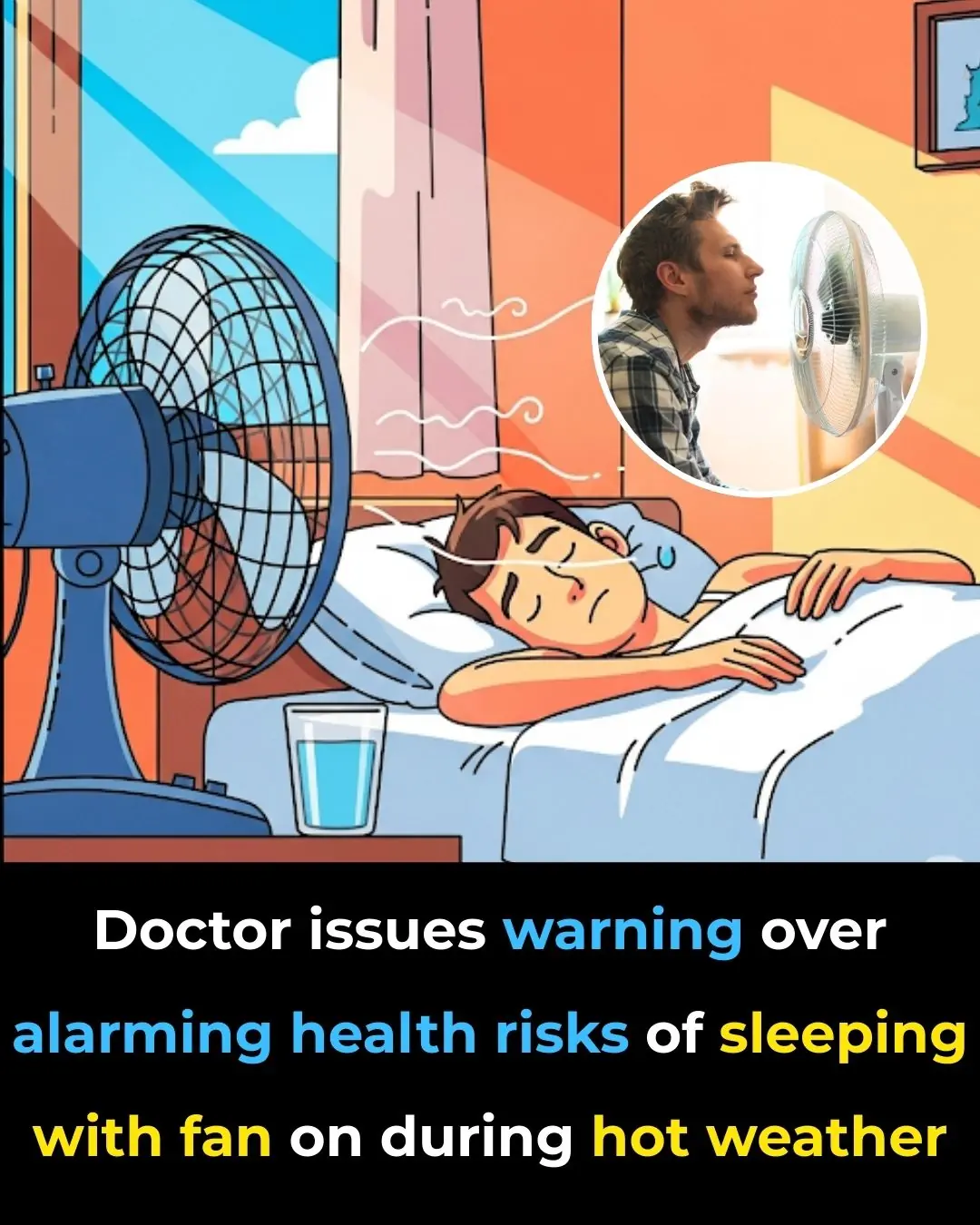
The Pros and Cons of Sleeping with a Fan On
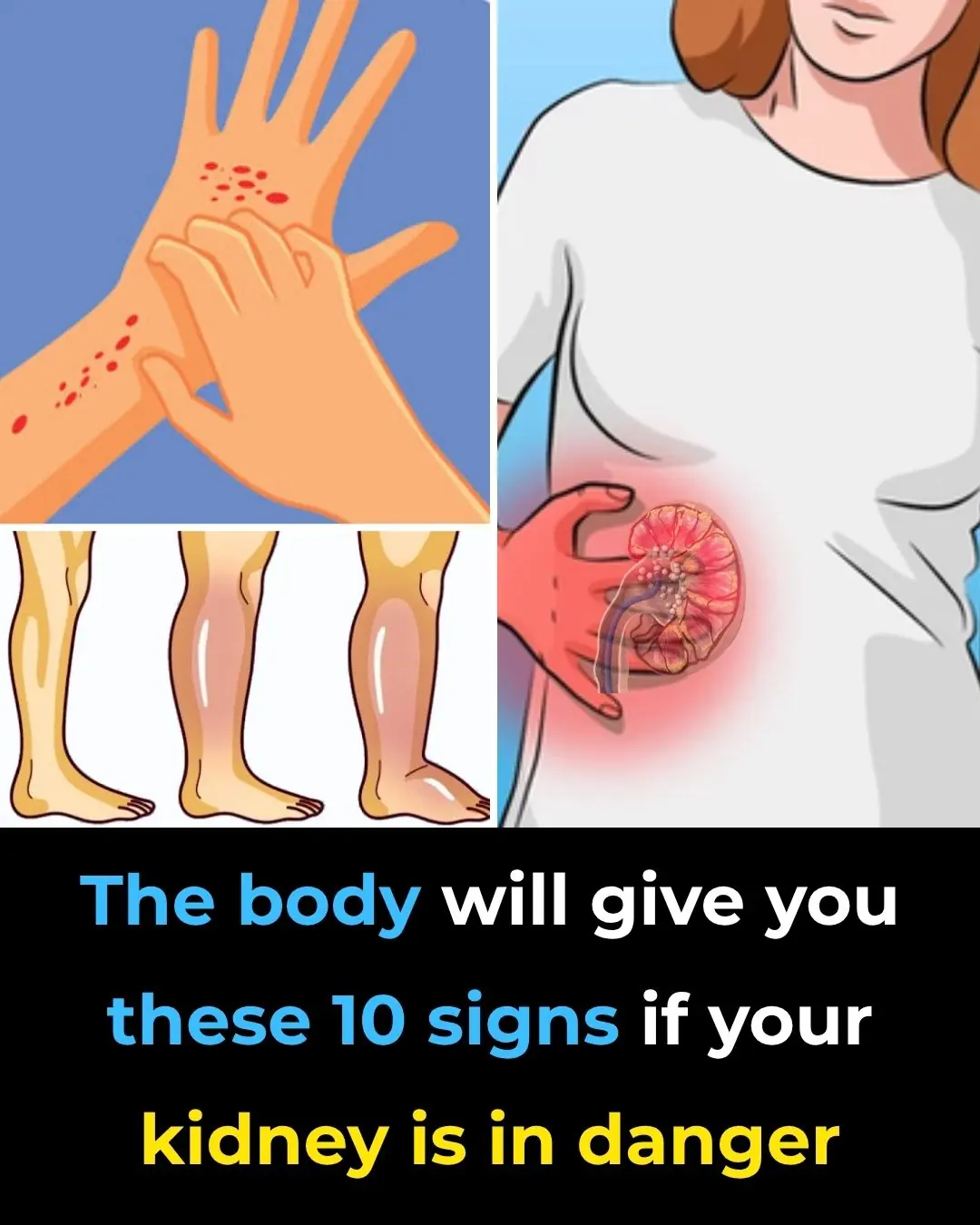
10 Symptoms of Kidney Disease

5 Potential Health Benefits of Macadamia Nuts

How to Exercise Safely When You Have Atrial Fibrillation
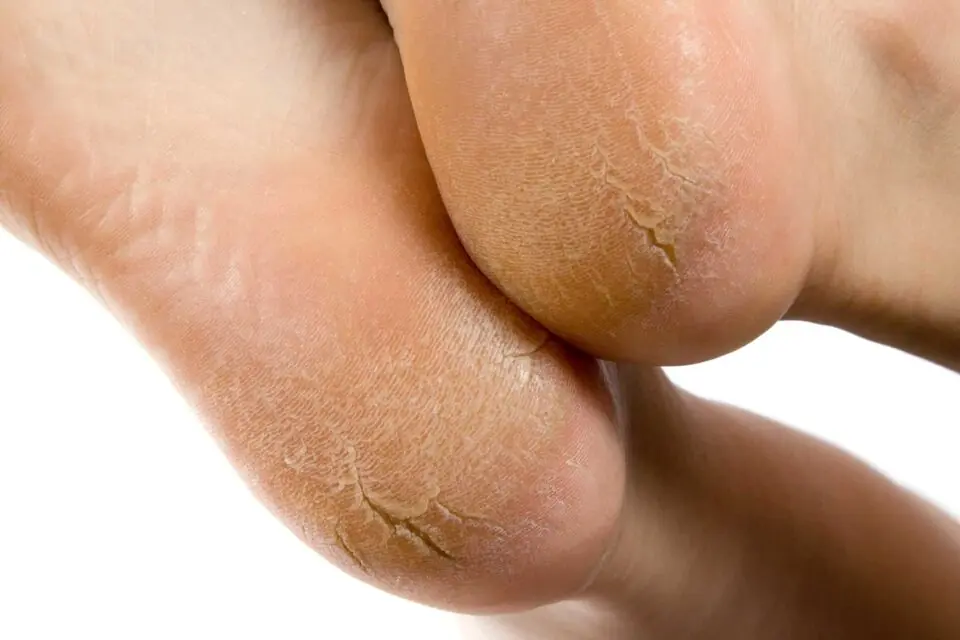
How to Get Rid of Dead Dry Skin on Feet
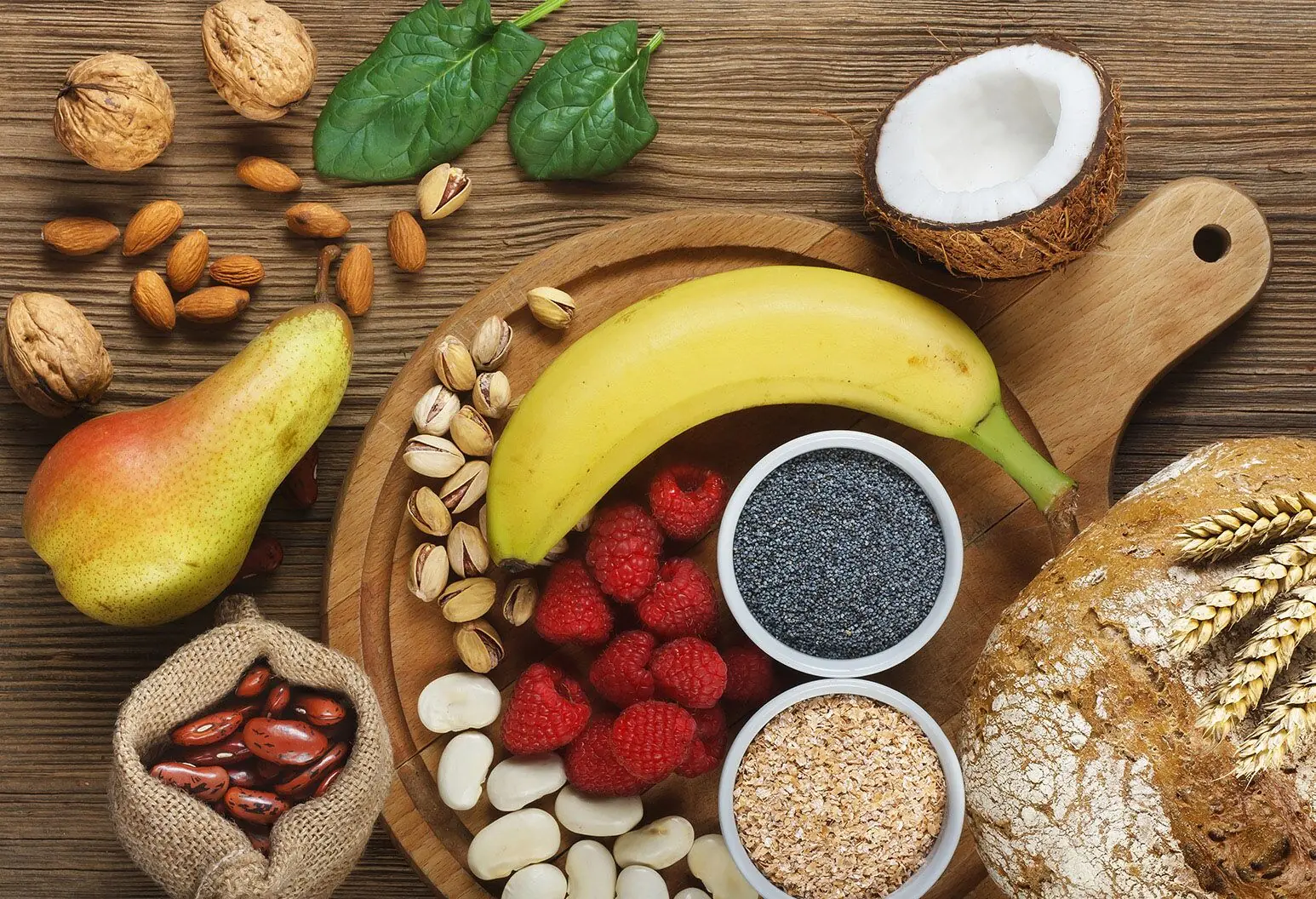
Foods to Eat if You Need to Poop – The Best Natural Laxatives

How to Make Onion Juice for Hair Growth & Strong Hair
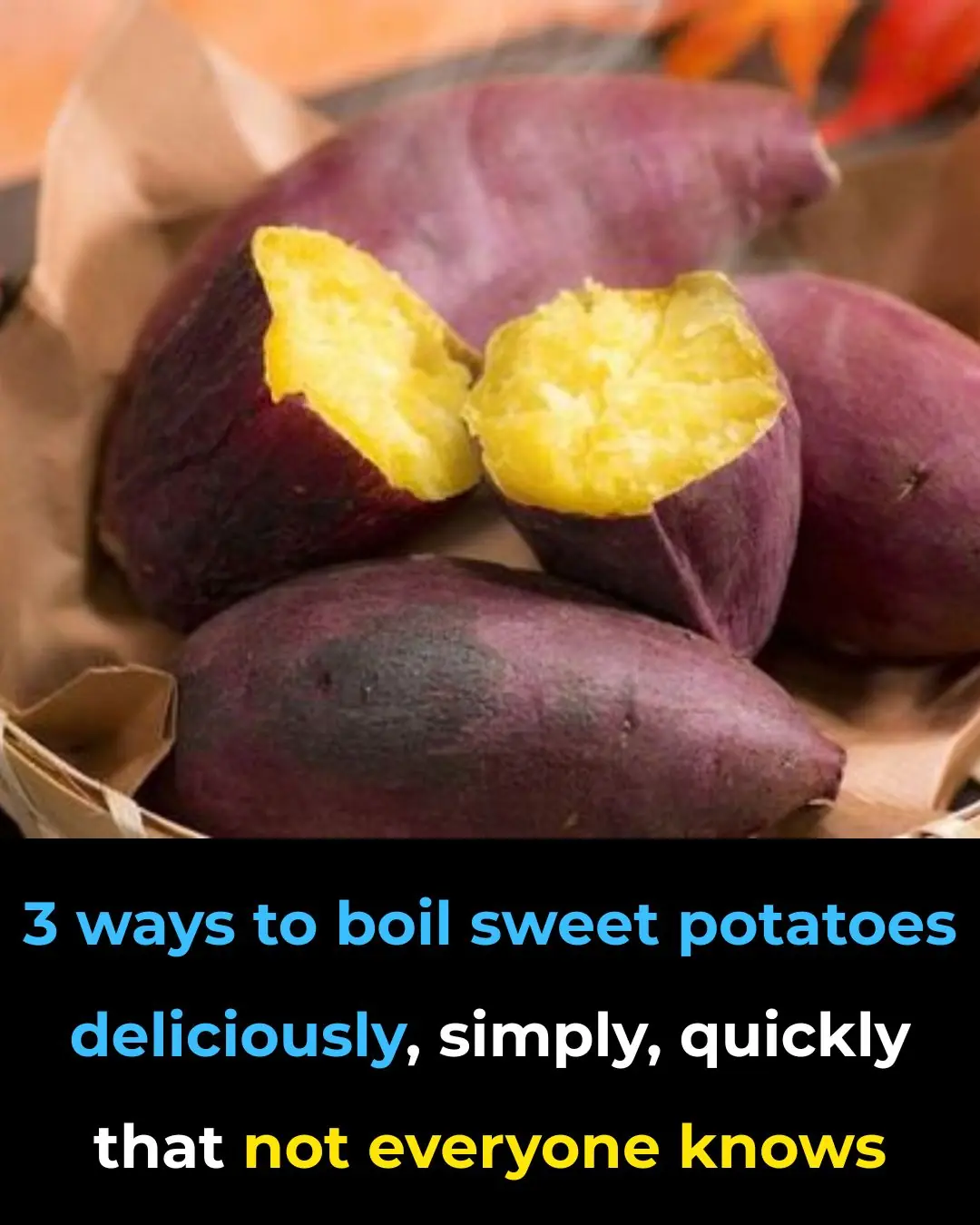
3 Best Ways to Boil Sweet Potatoes for Maximum Flavor
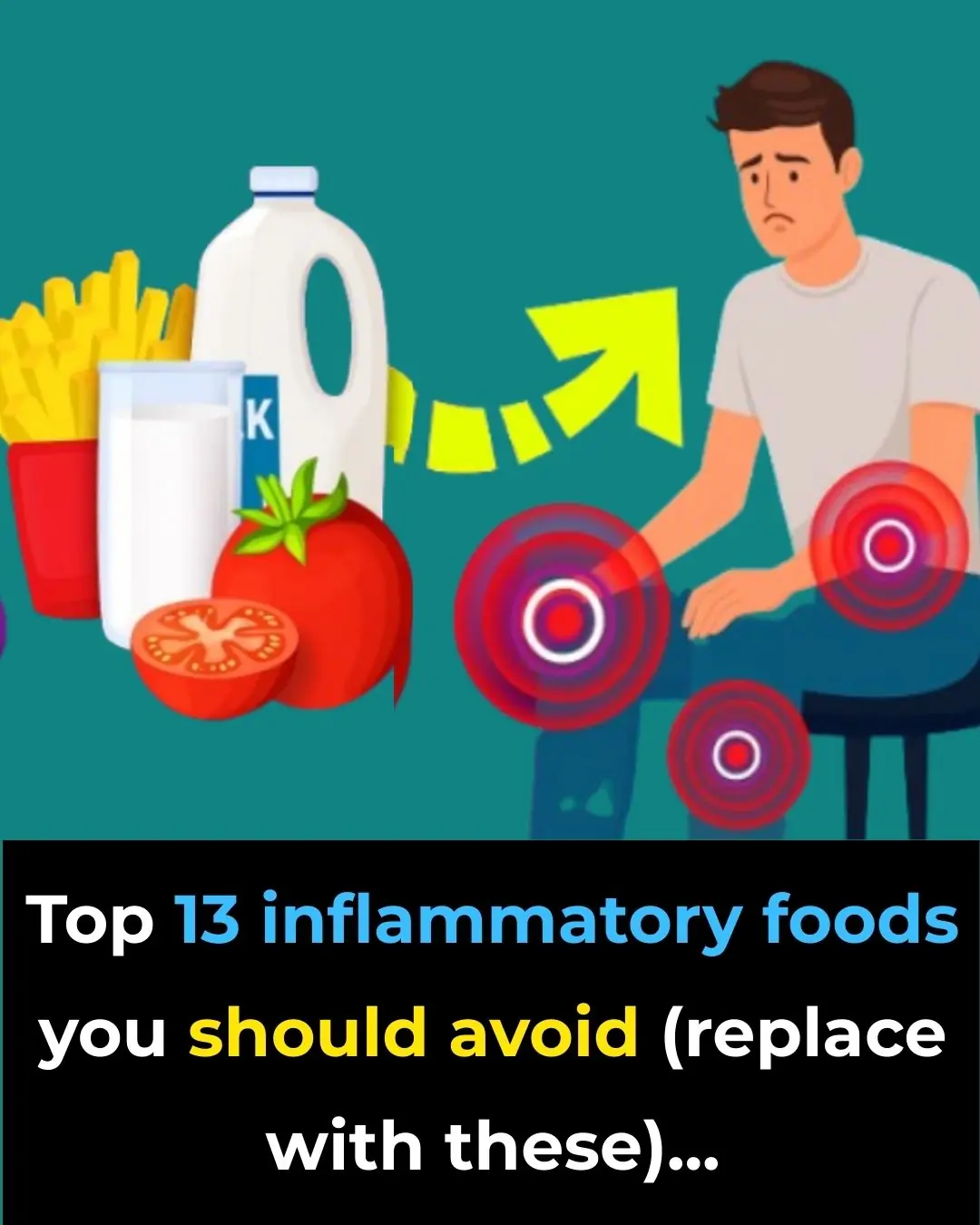
Top 13 Inflammatory Foods You Should Avoid (Replace with These)
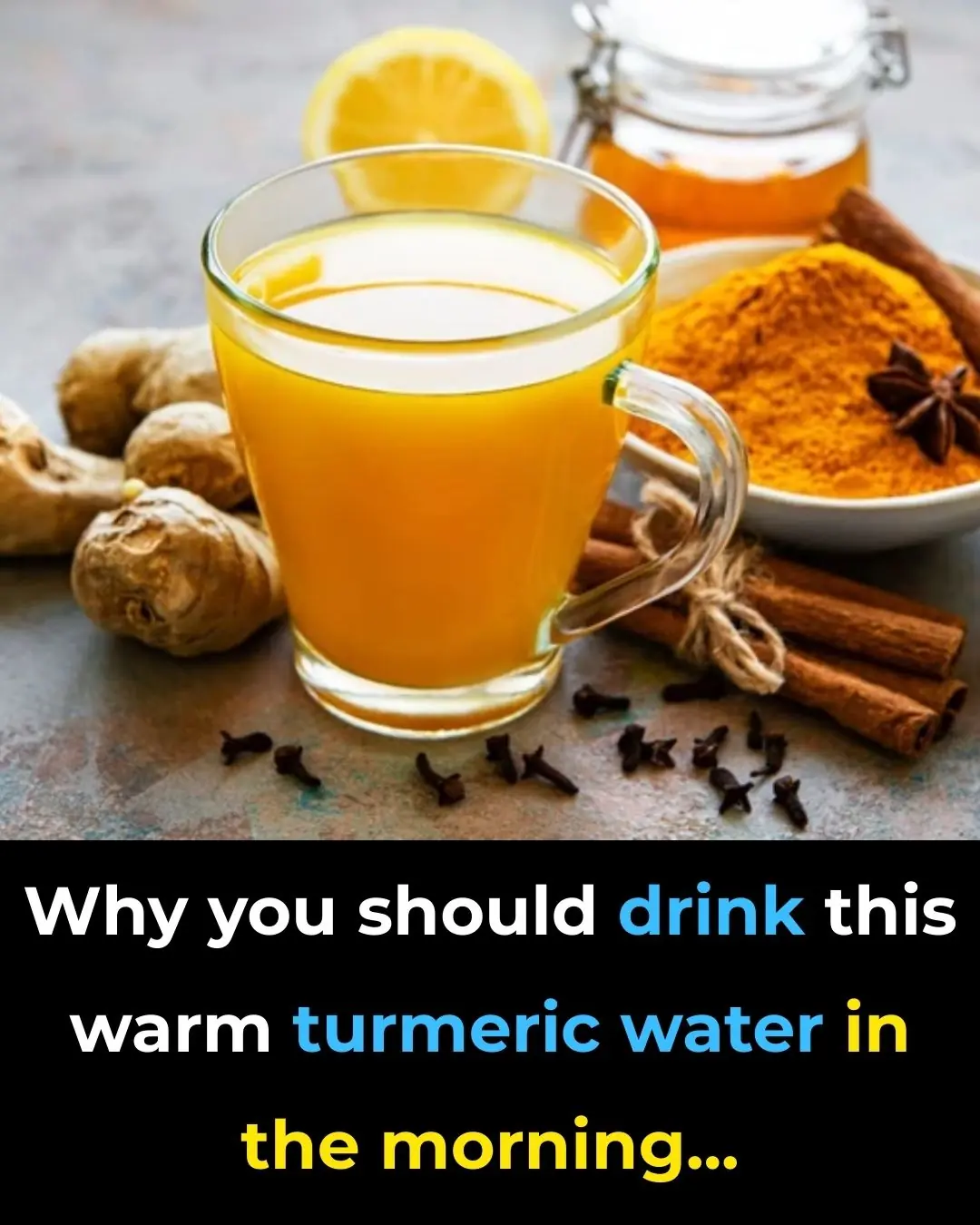
Why You Should Drink THIS Warm Turmeric Water In The Morning
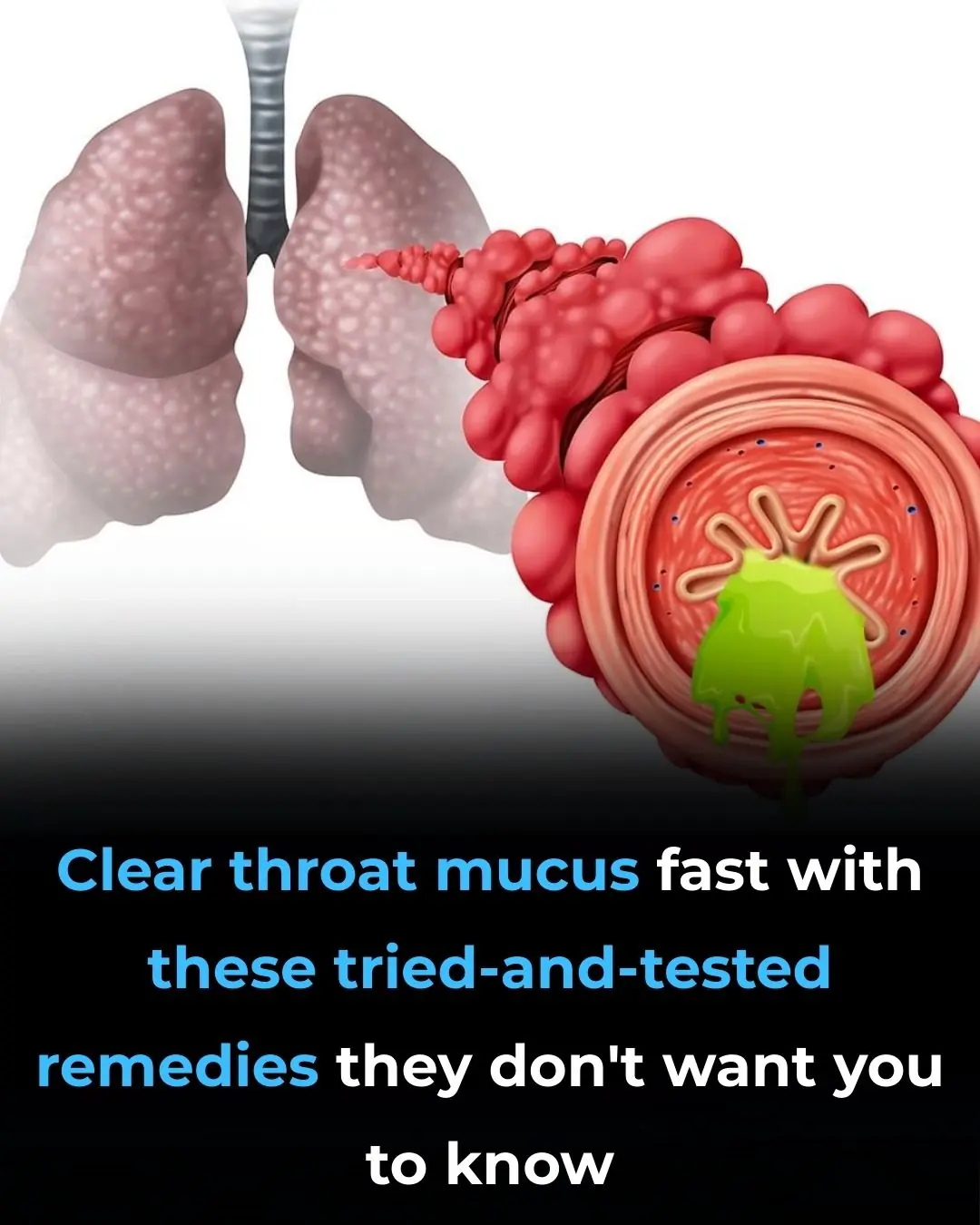
14 Warning Signs of Low Magnesium Levels and What to Do About It (Science Based)
News Post

14 Warning Signs of Low Magnesium Levels and What to Do About It (Science Based)

5 Unconventional Signs of Breast Cancer That You Must Know About

Low FT3 Levels Predict Risk for Nerve Damage in Diabetes

Doctors Urge: Don’t Ignore Unexplained Bruising — These Hidden Reasons Could Be the Cause

12 Urgent Warning Signs You’re Eating Too Much Sugar

5 Common Habits Silently Destroying Your Liver (Most People Do Them!)

Where Do You Stand on the Sitting-Rising Test?

The Ultimate Guide to Marinating Fish

The Pros and Cons of Sleeping with a Fan On

One Button, Big Savings: Cut Energy Costs with Every Wash

10 Symptoms of Kidney Disease

10 Types of Toxic Friends to Avoid

Index Finger Length: Personality and Fortune

5 Potential Health Benefits of Macadamia Nuts

How to Exercise Safely When You Have Atrial Fibrillation

How to Get Rid of Dead Dry Skin on Feet

Foods to Eat if You Need to Poop – The Best Natural Laxatives

How to Make Onion Juice for Hair Growth & Strong Hair

3 Best Ways to Boil Sweet Potatoes for Maximum Flavor
